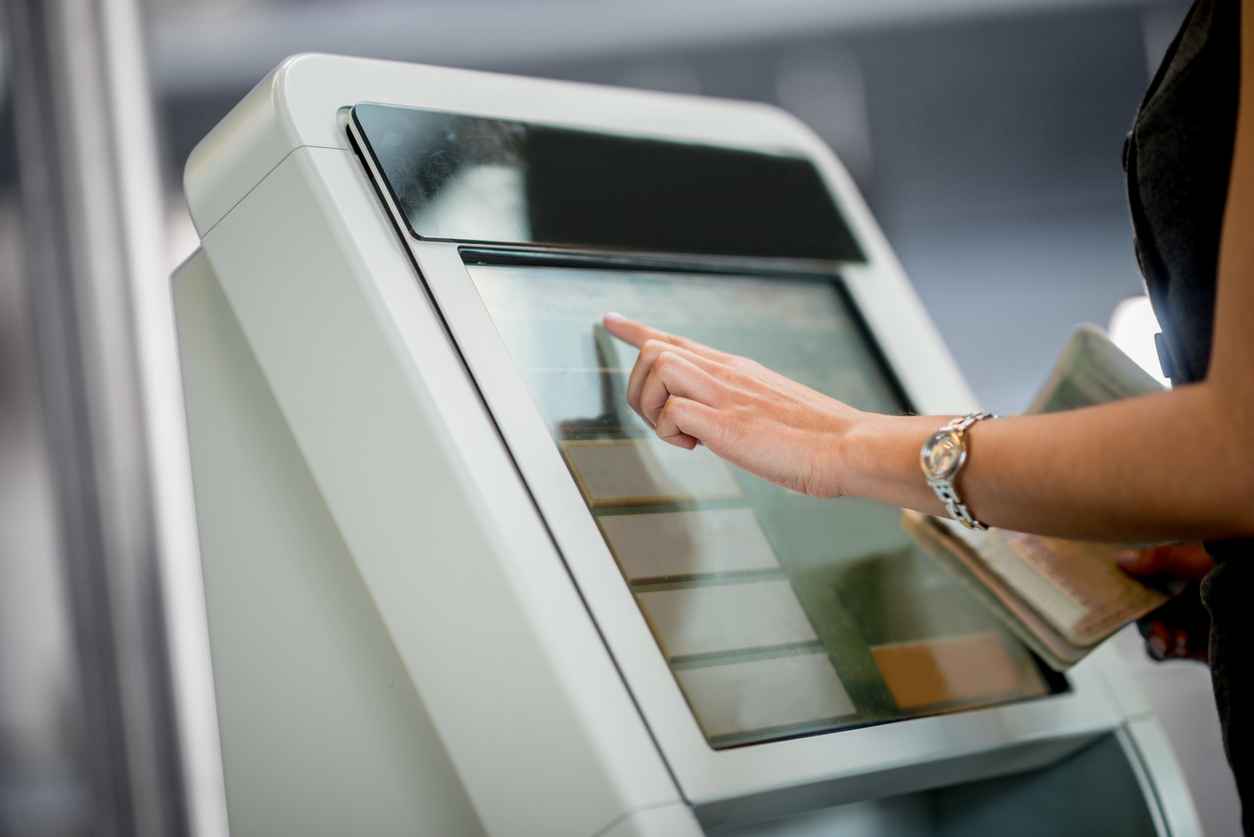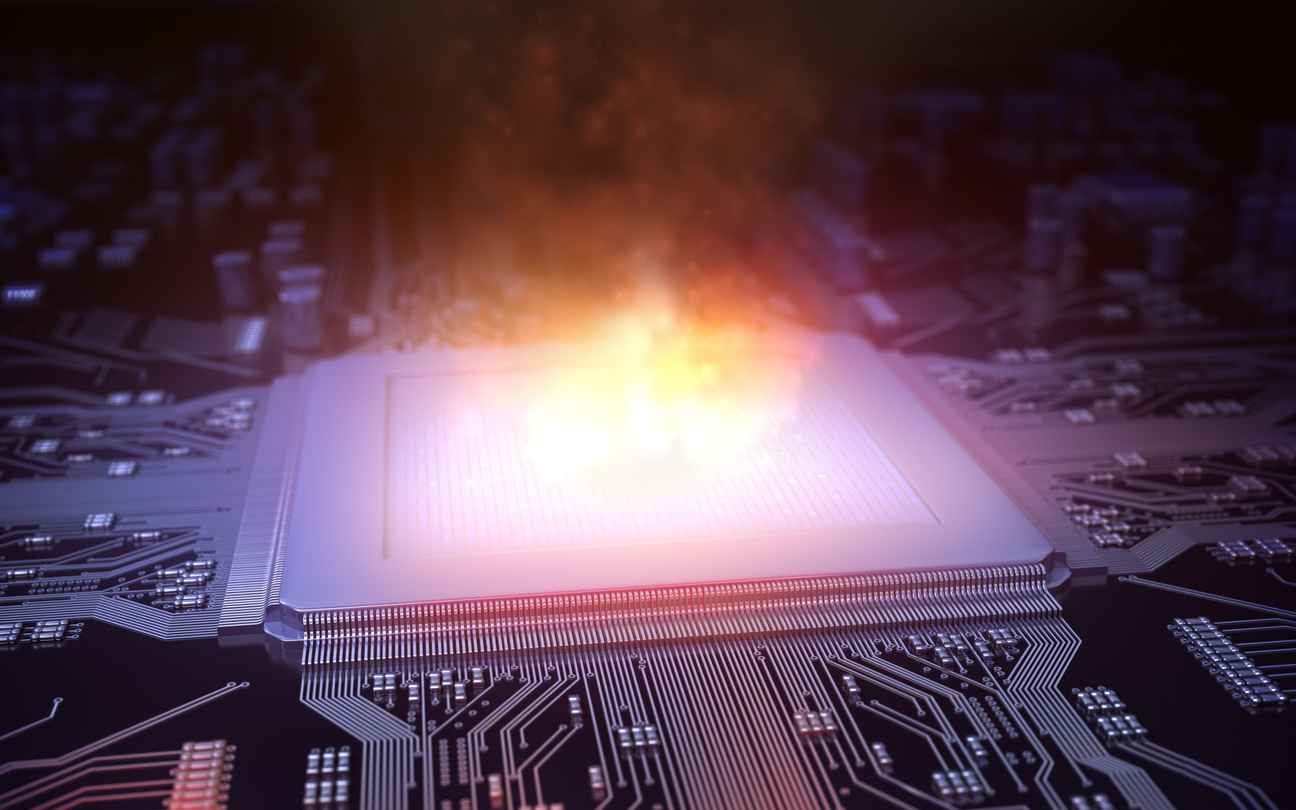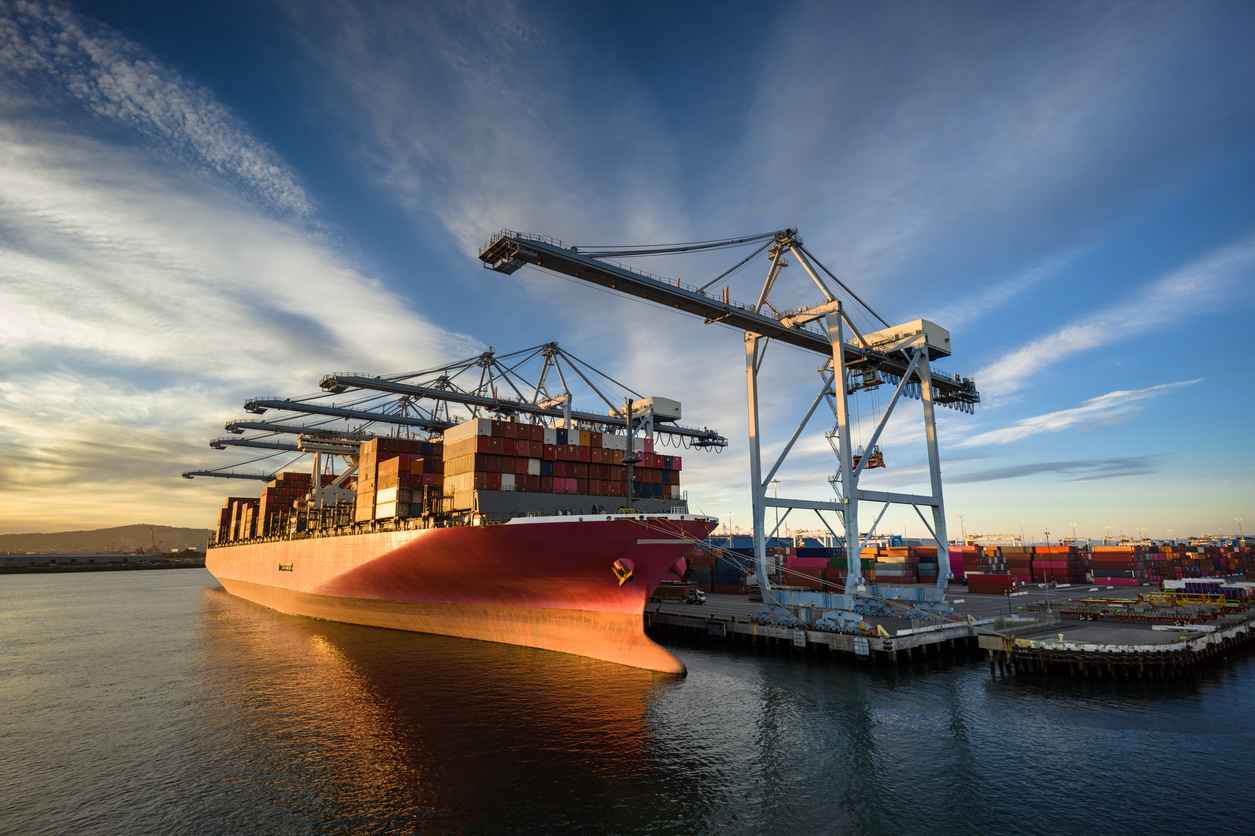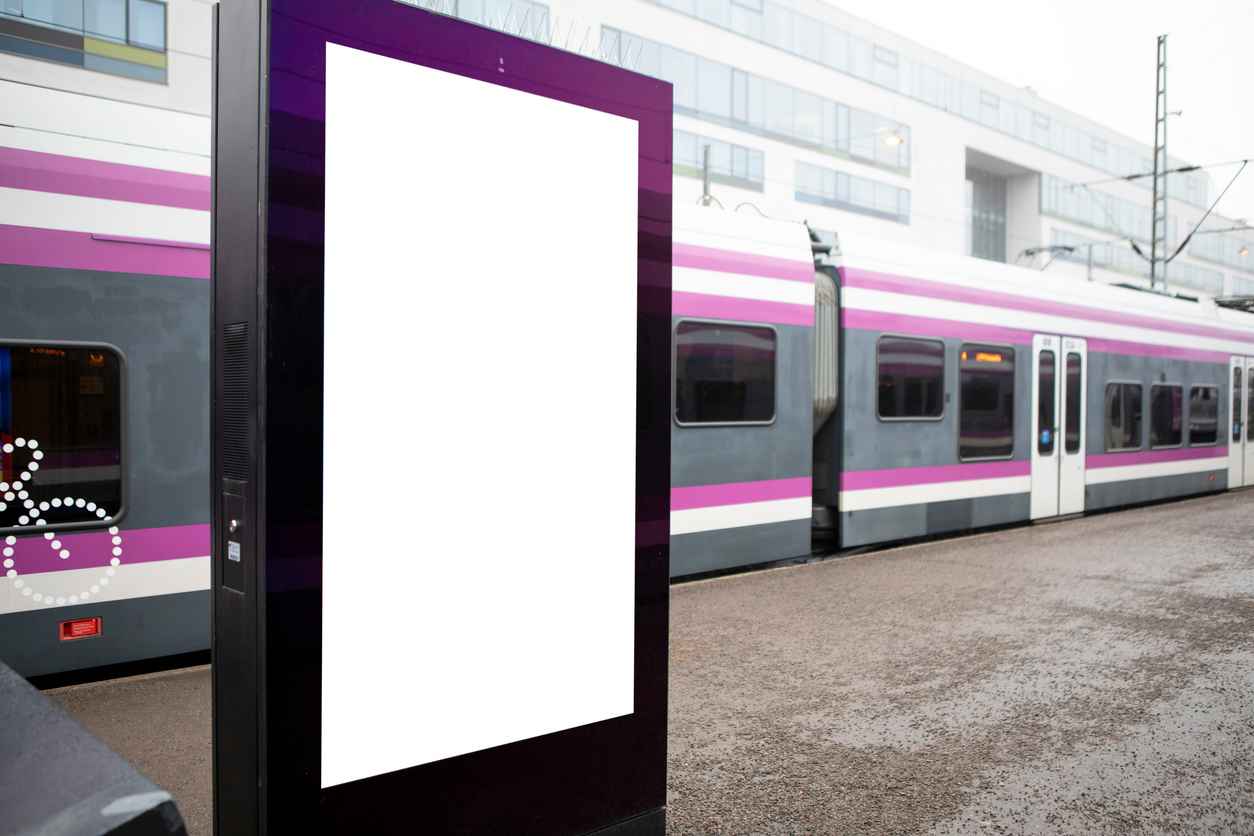
Creating Immersive Experiences: The Essential Role of Optical Bonding in Interactive Kiosk Design
August 30, 2023
In today’s fast-paced and digitally driven world, interactive kiosks have become a ubiquitous presence, enhancing customer engagement, providing information, and facilitating transactions across various industries. From retail and hospitality to healthcare and transportation, these sleek and futuristic displays have revolutionized how we interact with information and services.
Behind their impressive performance and captivating visuals lies a technological marvel – optical bonding. When it comes to industry leaders in optical bonding, Fortec US stands at the forefront with its groundbreaking VacuBond® process.
The Evolution of Interactive Kiosks
Gone are the days of traditional static displays that merely conveyed information. Modern consumers expect seamless, dynamic, and captivating experiences that mirror the sophistication of the devices they use daily. Interactive kiosks have met this demand head-on, offering touchscreen capabilities, real-time data access, and intuitive user interfaces that have reshaped the customer experience landscape.
However, achieving these remarkable interactive experiences requires more than advanced software and hardware components. The physical design and structural integrity of the kiosk play a pivotal role in determining the success of these devices. This is where optical bonding comes into play, making a substantial difference in both aesthetics and functionality.
The Crucial Role of Optical Bonding
Optical bonding is the process of attaching a protective cover glass or touchscreen directly to the underlying display panel. This bonding eliminates the air gap between these layers, resulting in several significant advantages:
1. Enhanced Visibility and Clarity
Air gaps between layers in a display can cause reflection, refraction, and light scattering, leading to reduced visibility and compromised image clarity, especially in brightly lit environments. Optical bonding eliminates these issues by minimizing light interference, allowing for exceptional readability and vibrant visuals even in challenging lighting conditions.
2. Durability and Impact Resistance
Interactive kiosks are subjected to continuous user interaction, environmental elements, and the occasional accidental impact. Optical bonding enhances the structural integrity of the display, making it more resilient to scratches, cracks, and other forms of damage. This ensures the longevity of the kiosk and reduces maintenance costs.
3. Improved Touch Performance
By eliminating the air gap, optical bonding reduces the parallax effect – the perceived displacement between the touch input and the displayed content. This leads to more accurate touch responses, making interactions smoother and more intuitive for users.
4. Resistance to Environmental Factors
Interactive kiosks are often deployed in diverse environments, ranging from indoor retail spaces to outdoor locations. Optical bonding provides an effective barrier against dust, moisture, and humidity, ensuring the display remains functional and visually appealing over time.
5. Aesthetic Enhancement
Optical bonding transforms the appearance of interactive kiosks. Without the distracting air gap, the display looks seamlessly integrated, offering a sleek and modern aesthetic that draws users in and leaves a lasting impression.
Contact Us Today to Learn More About Our Custom Digital Screen Solutions!
As the global leader in optical bonding, Fortec US supports you in all project phases – from the construction of the metal housing and procurement of specific parts to the in-house development of controller boards and touchscreen integration. In need of a product, part, or have a project in mind? Contact us today at (631) 580-4360 or on our website for more information.Make sure to follow us on Facebook and Twitter!

The Role of Heat Sensors in Smart Display Systems
May 30, 2025

Navigating Tariffs: How Fortec US Supports Customers’ Supply Chain Adjustments
May 13, 2025

Understanding Optical Bonding: What It Is and Why It Matters
May 7, 2025

Newsletter: Introducing the IP6X Series: Compact Monitors with Big Performance
May 6, 2025

Why Strong Passwords Are Crucial for Cybersecurity
May 1, 2025

How Digital Signage is Evolving in Public Transportation
April 28, 2025


